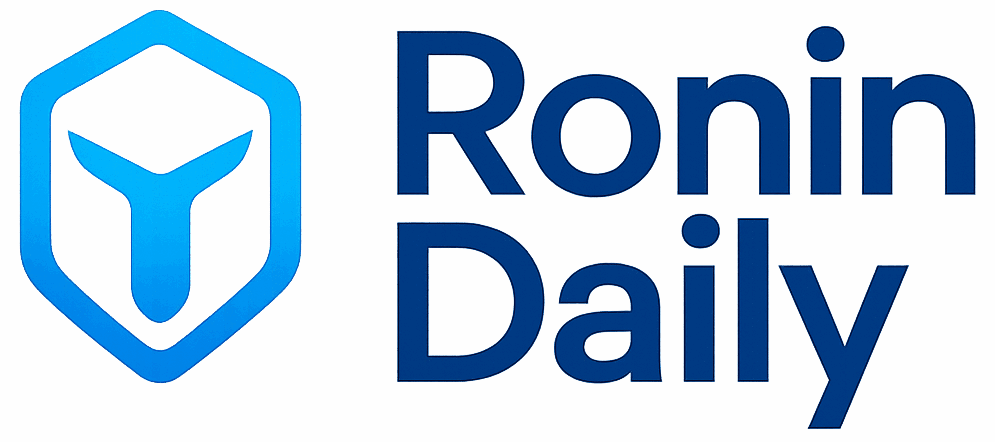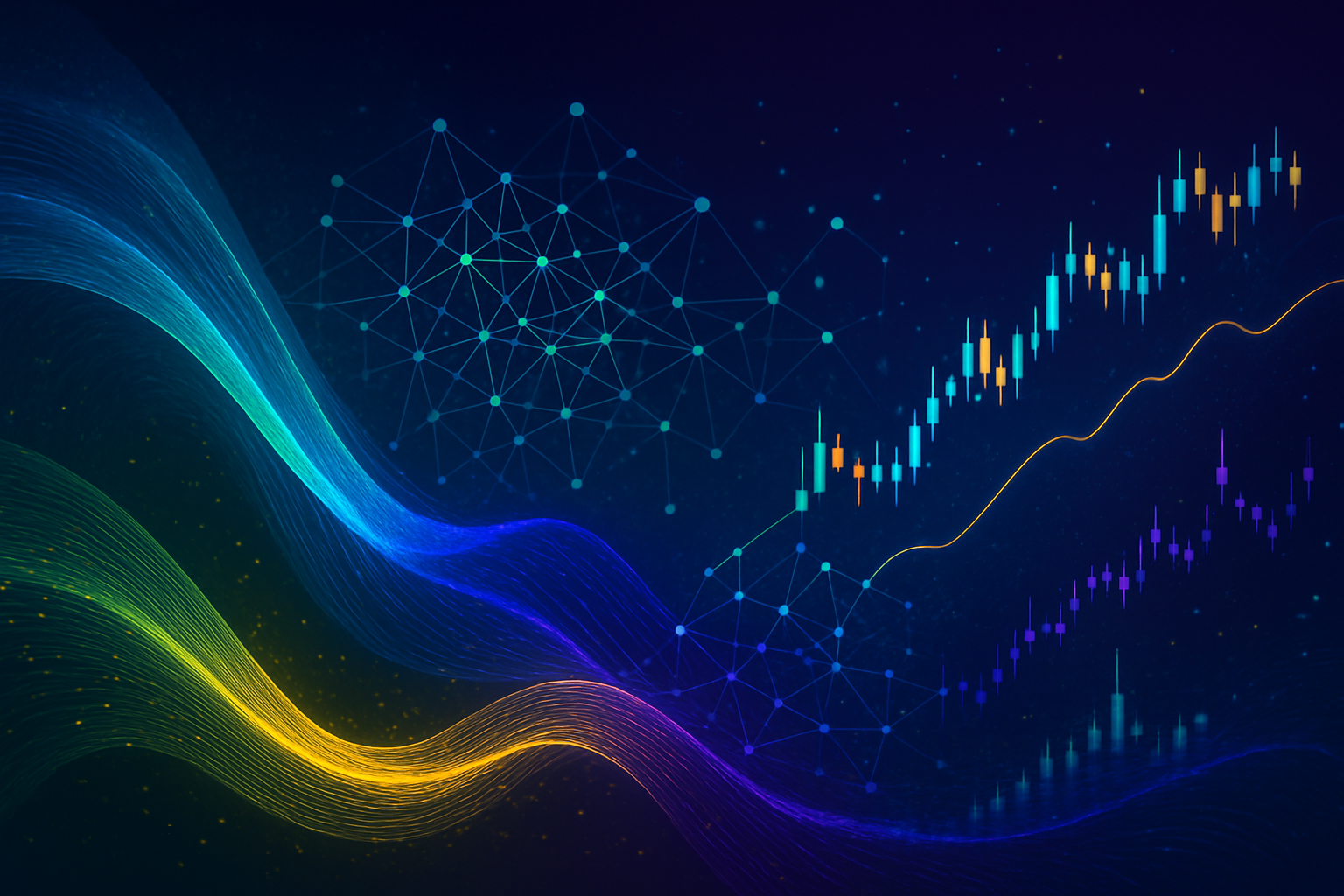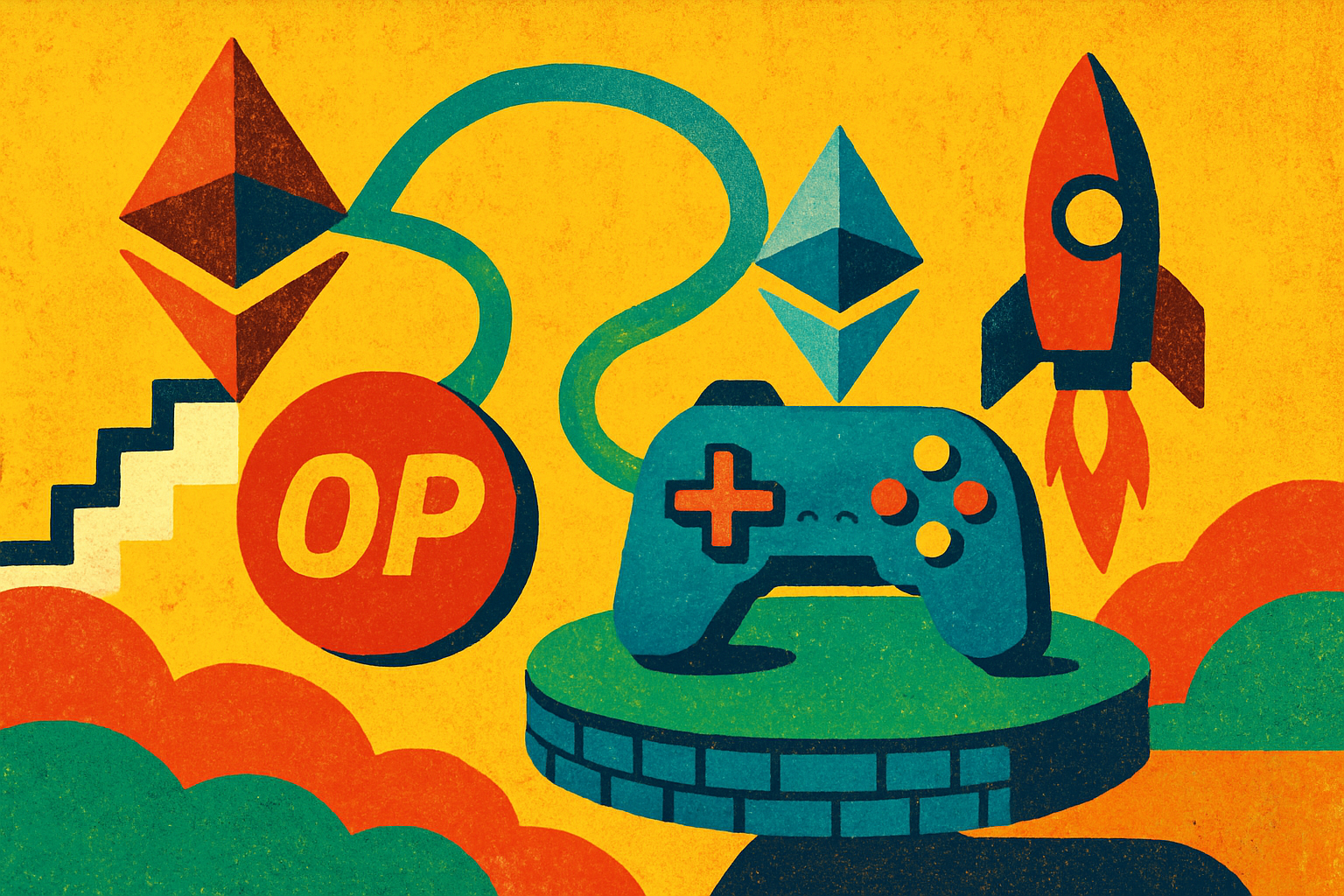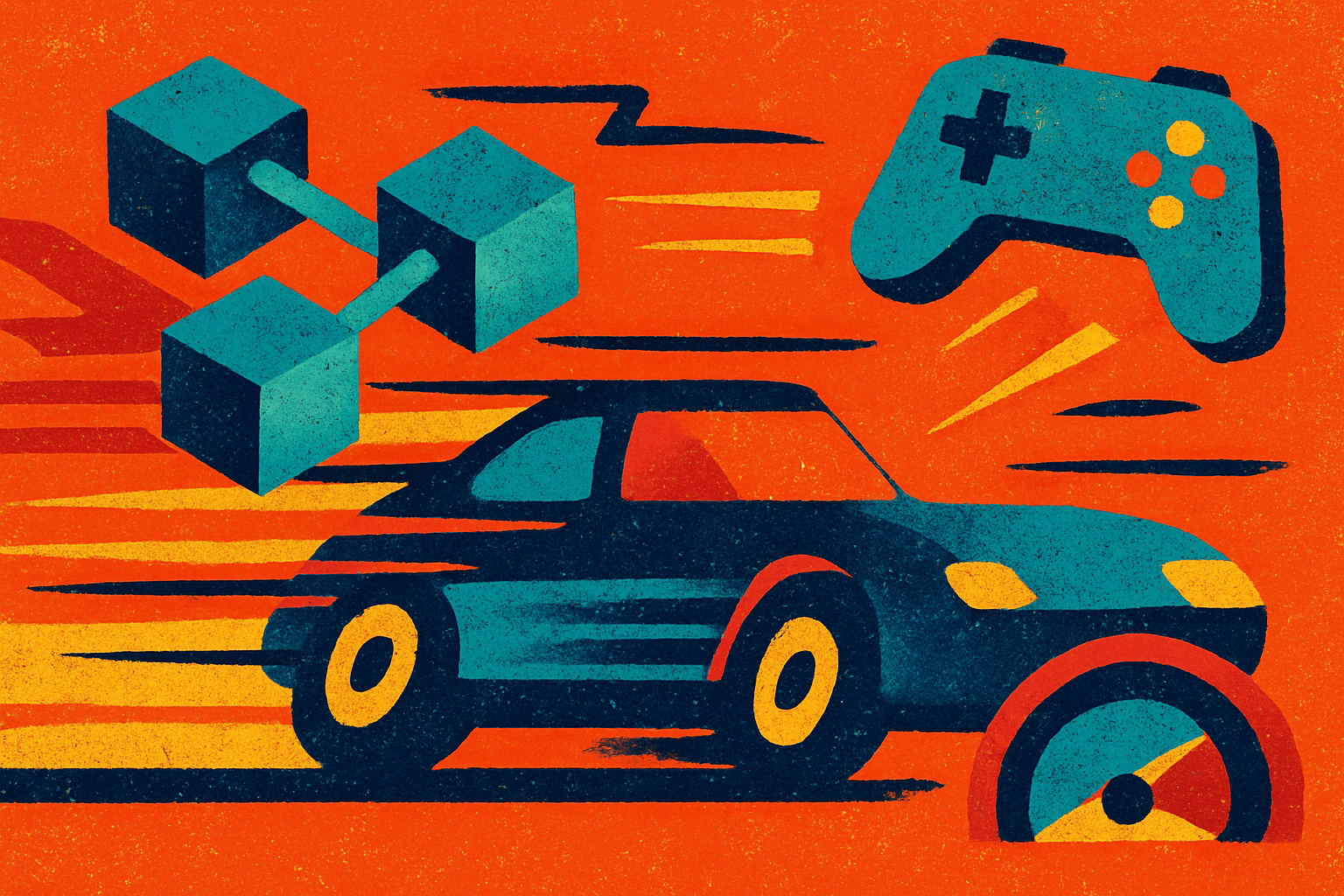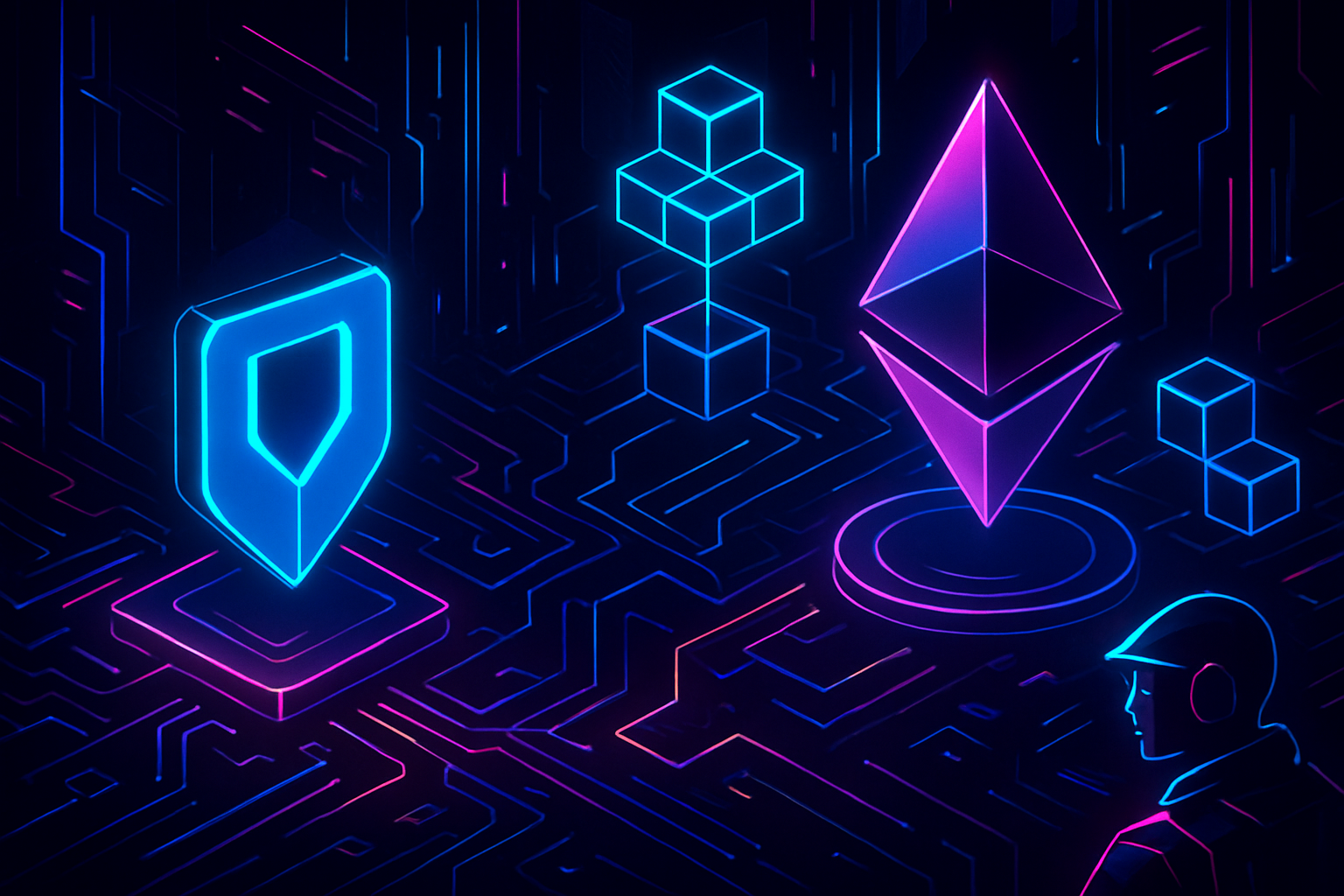
The Ronin Network’s decision to migrate from a standalone sidechain to an Ethereum Layer 2 (L2) solution powered by Optimism’s OP Stack is sending shockwaves through the Web3 gaming landscape. This move isn’t just another technical upgrade – it’s a fundamental shift that could redefine scalability, security, and developer incentives for blockchain-powered games. Let’s break down what this means for the future of Web3 gaming and why everyone from Axie Infinity veterans to indie game studios should pay attention.
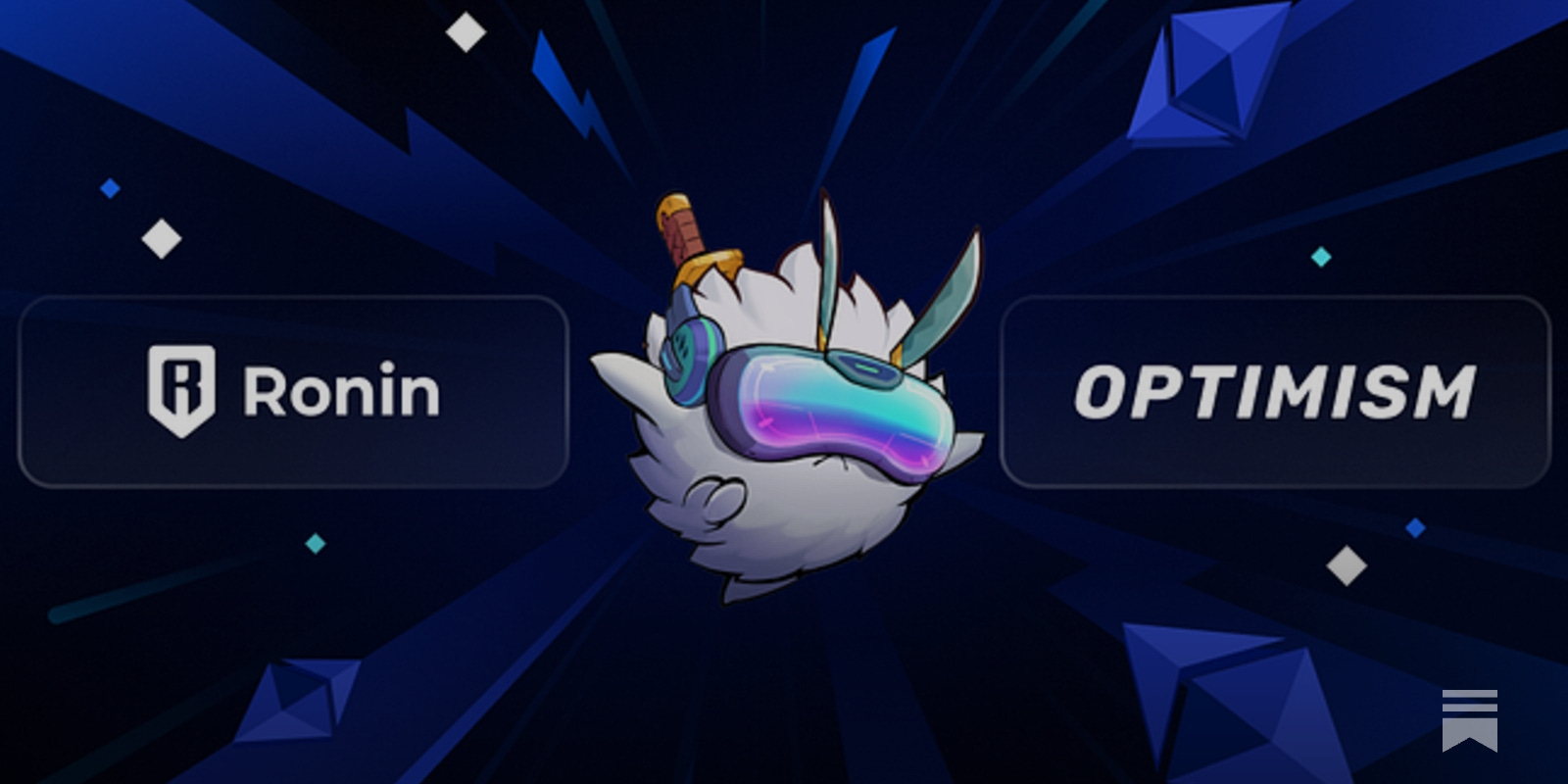
Ronin OP Stack Migration: Turbocharging Transaction Speeds
Web3 gaming lives or dies by user experience – and that means speed. The integration of Optimism’s OP Stack brings Ronin block times down to a lightning-fast 100,200 milliseconds, with potential throughput approaching 1 million transactions per second. That’s not marketing hype; it’s a 15x speed increase over previous benchmarks (source).
This is a game-changer (pun intended) for any developer building real-time multiplayer experiences, NFT marketplaces, or on-chain economies that demand near-instant finality. Imagine seamless gameplay where NFT minting happens in the background without lag or failed transactions – that’s what this upgrade unlocks.
Security Gets an Ethereum-Sized Upgrade
If you’ve been around since the early days of Ronin, you know security has been a hot topic. As a sidechain, Ronin was fast but more vulnerable – now, as an Ethereum L2, it inherits Ethereum’s robust security model. The OP Stack enables permissionless verification and decentralized transaction validation (source), which means exploits like those seen in the past become much harder to pull off.
This isn’t just about patching vulnerabilities; it’s about instilling confidence in players and developers alike. When your assets are secured by Ethereum itself, onboarding new users becomes easier and institutional interest grows. In short: better security equals more trust – and more growth.
Developer Incentives: Opening the Floodgates for Innovation
The Ronin, Optimism partnership isn’t just technical; it comes with real economic muscle. Builders on Ronin L2 will have access to allocations from Optimism’s massive $850 million $OP Retro Fund, plus an estimated $5, 7 million in milestone grants (source). These incentives are designed to supercharge development far beyond Axie Infinity clones or simple NFT drops.
This injection of capital and opportunity signals Ronin’s ambition to evolve into a full-fledged “gamification engine” within the broader Ethereum ecosystem. Expect new genres, creative mechanics, and cross-chain integrations as developers race to capture these rewards.
Current Market Snapshot: ETH at $4,183.23 Fuels L2 Momentum
The broader context matters here: with Ethereum (ETH) currently trading at $4,183.23, activity on high-performance L2s like Ronin is becoming more attractive than ever as mainnet fees remain elevated (source). Developers and gamers alike are looking for ways to maximize utility while minimizing cost – exactly what this migration is designed to deliver.
Ronin’s alignment with Ethereum’s Superchain vision is another underappreciated catalyst. By joining a network of interoperable L2s, including Base and Uniswap, Ronin isn’t just boosting its own throughput – it’s plugging Web3 gaming into the beating heart of the broader Ethereum ecosystem. This means smoother asset transfers, richer collaborative experiences, and a unified liquidity layer that can power everything from play-to-earn economies to on-chain esports tournaments.
Top 5 Benefits of Ronin’s OP Stack Migration for Web3 Game Developers
-
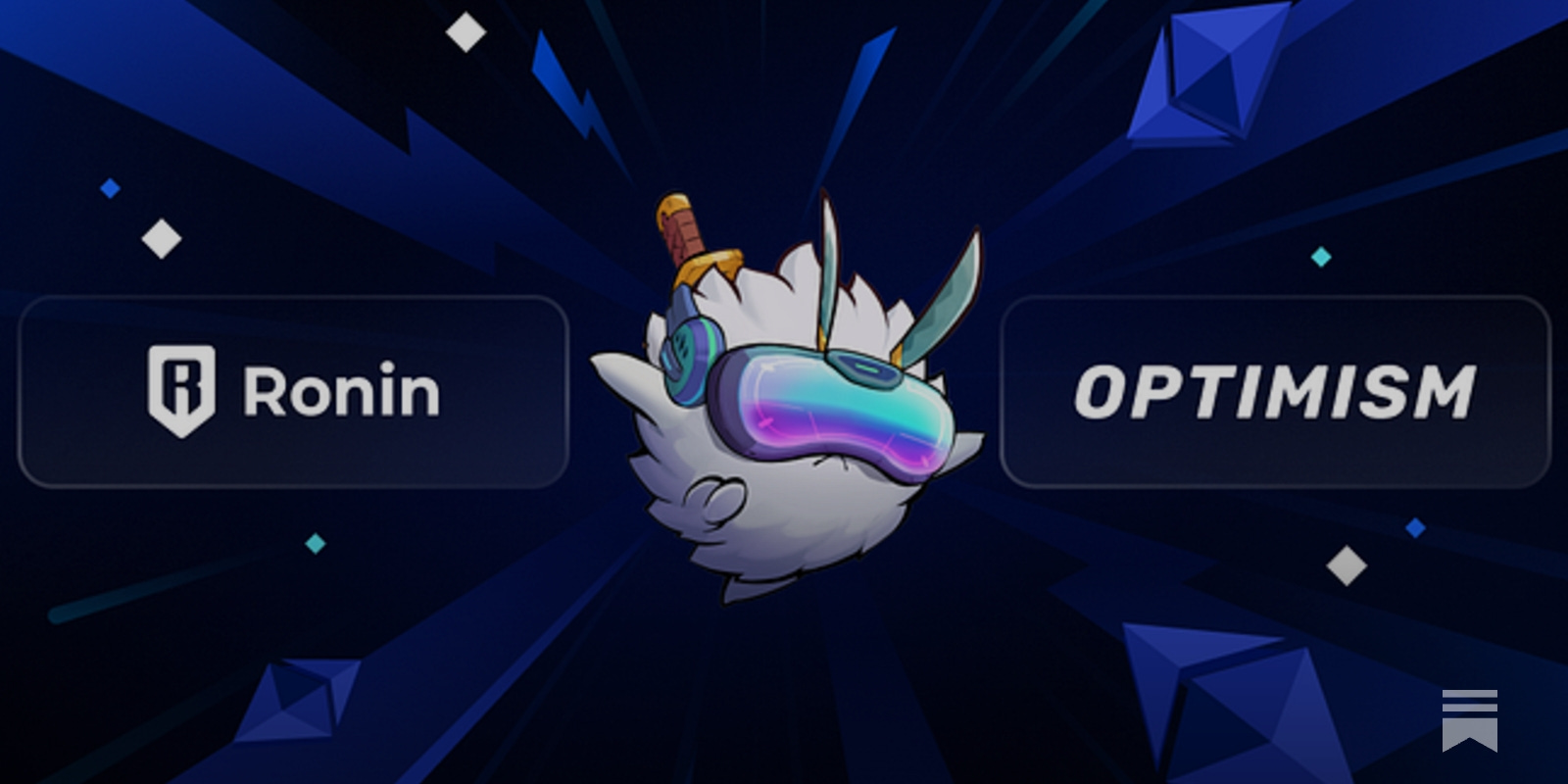
Lightning-Fast Transaction Speeds: With block times of just 100–200 milliseconds and capacity for nearly 1 million transactions per second, Ronin’s OP Stack migration enables real-time gameplay, instant NFT minting, and seamless DeFi actions—crucial for immersive Web3 gaming experiences.
-
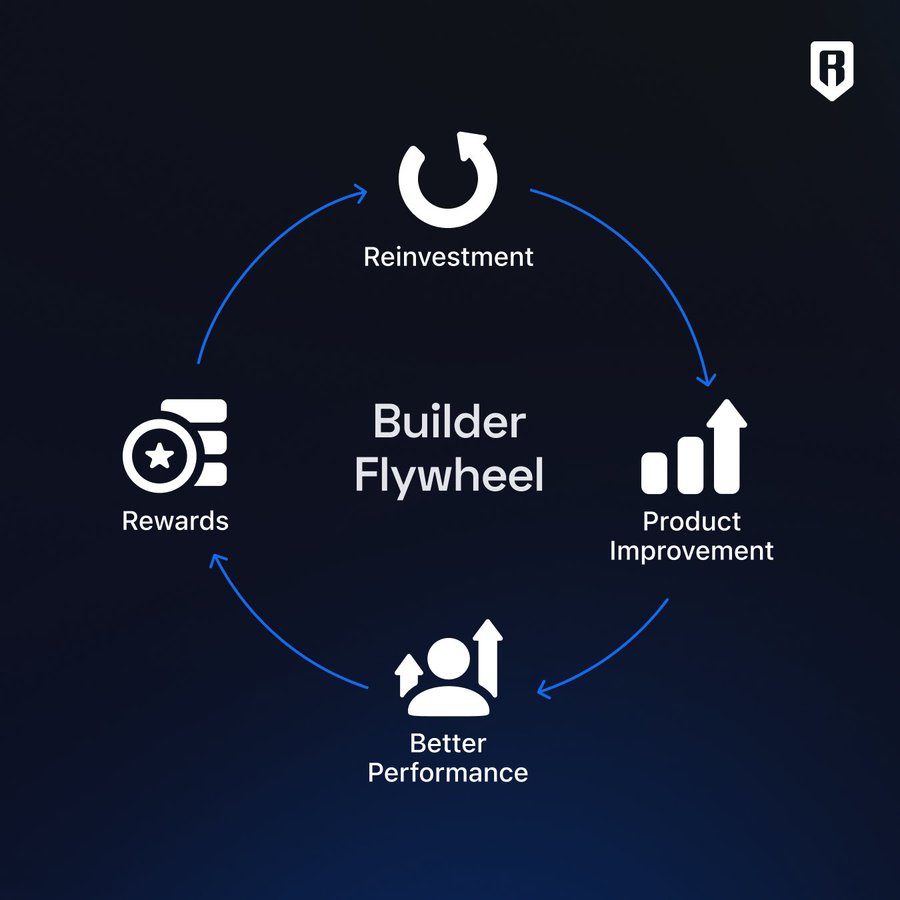
Enhanced Security via Ethereum Alignment: By becoming an Ethereum Layer 2, Ronin inherits Ethereum’s robust security model and leverages permissionless verification, drastically reducing exploit risks and boosting player trust.
-
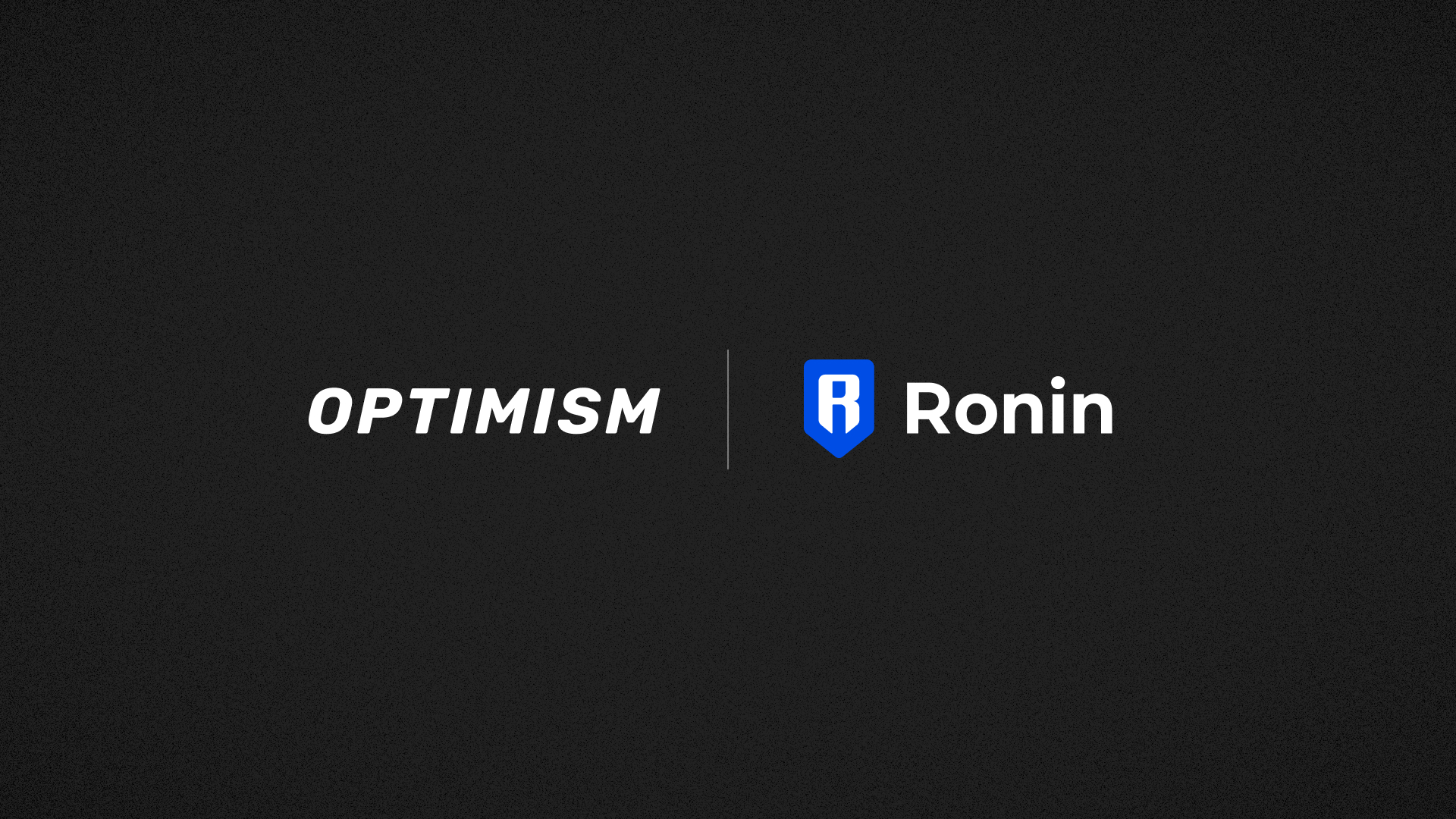
Access to Developer Grants and Incentives: Builders on Ronin can tap into Optimism’s 850 million $OP Retro Fund and an estimated $5–7 million in milestone grants, fueling innovation and expanding opportunities beyond gaming.
-
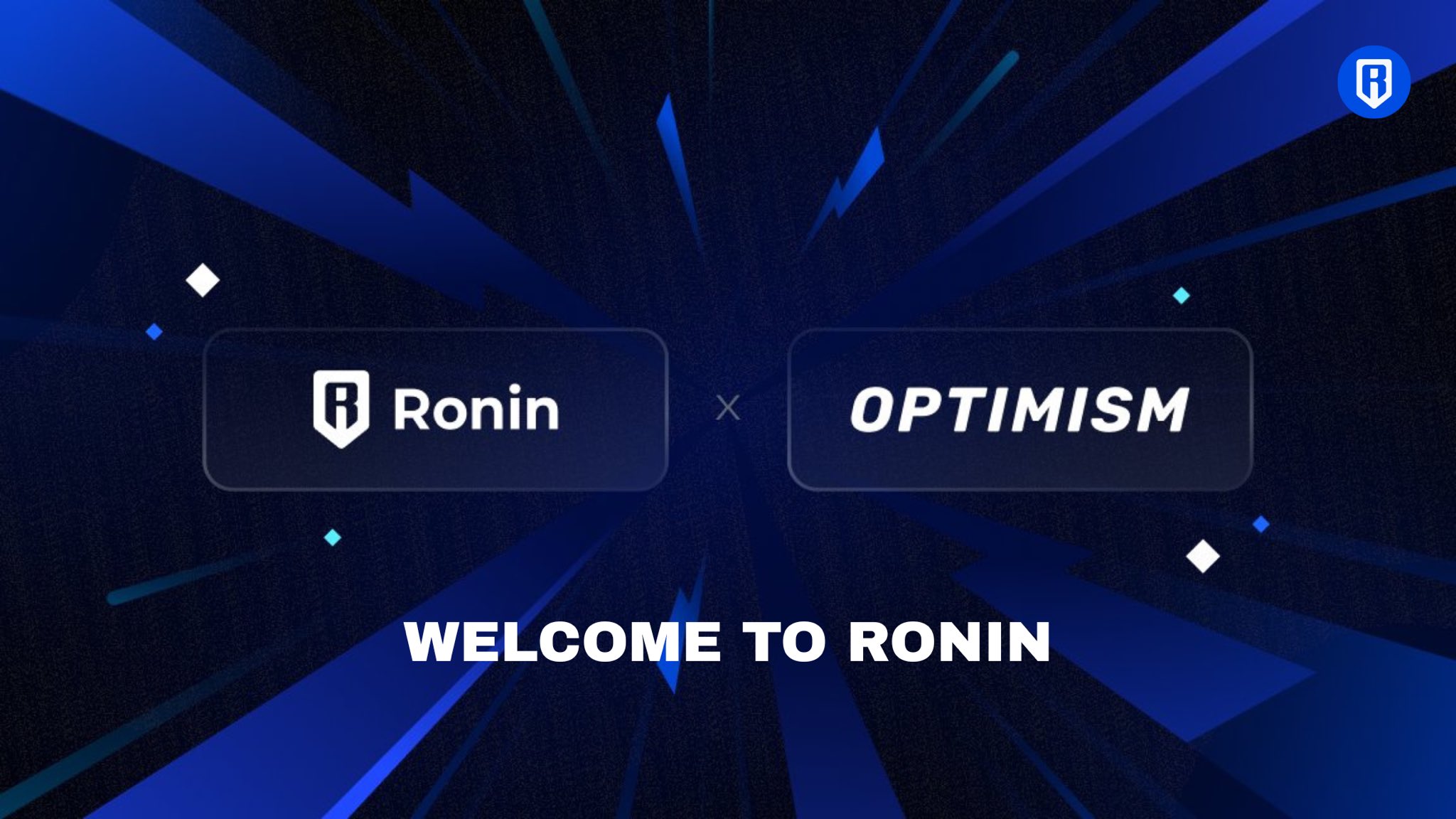
Seamless Interoperability with Ethereum Superchain: Ronin’s migration supports cross-chain asset transfers and collaboration with other major L2s like Base and Uniswap, unlocking new possibilities for multiplayer and cross-platform Web3 games.
-
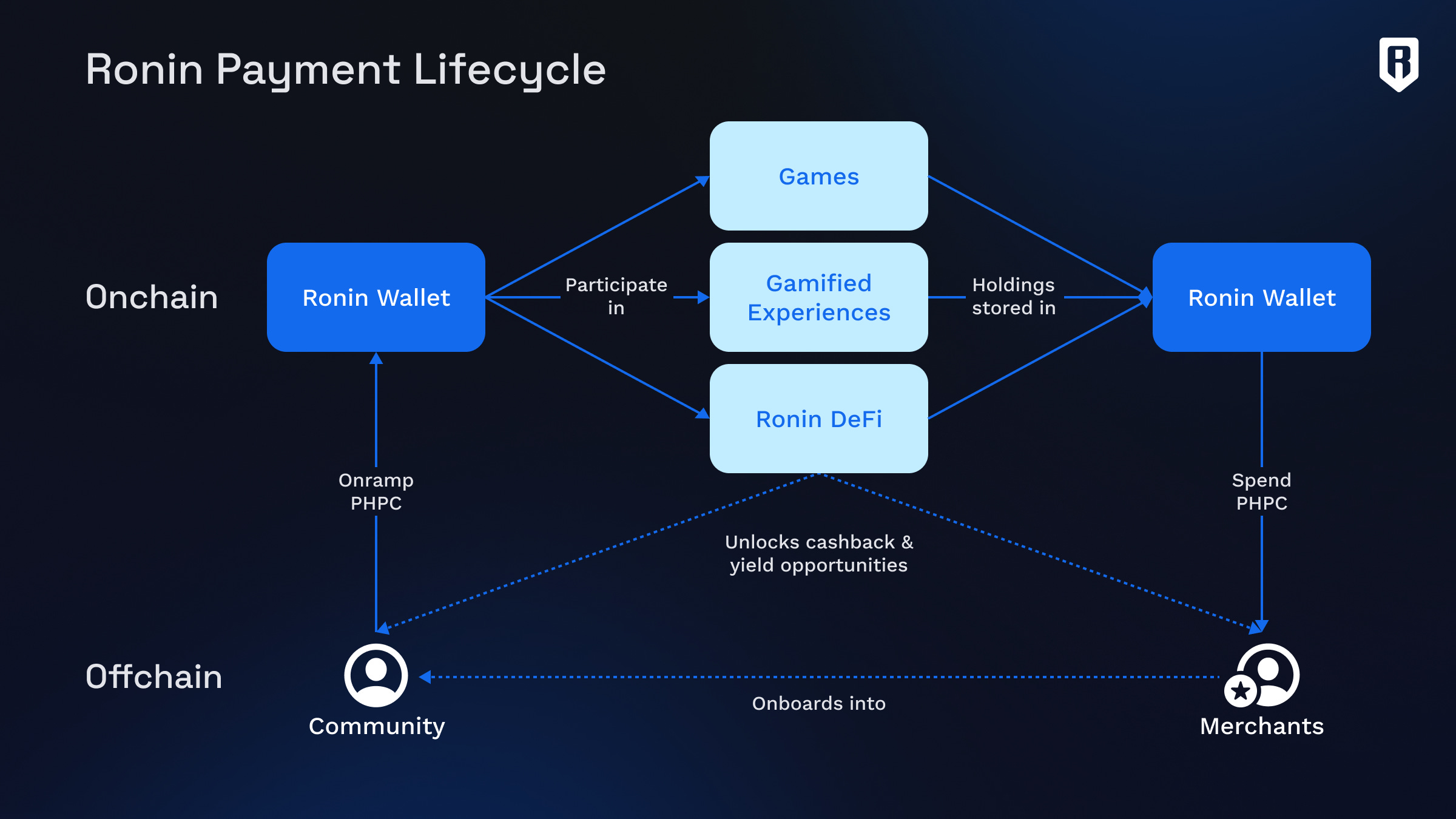
Community-Driven Tokenomics and Governance: The new Proof-of-Distribution model shifts $RON staking rewards to active builders and contributors, encouraging sustained ecosystem growth and rewarding long-term engagement.
Tokenomics and Community: RON Utility Evolves
One of the most exciting shifts is in Ronin’s governance and incentive structure. The new Proof-of-Distribution model reallocates $RON staking rewards directly to builders and active contributors, rather than just passive holders (source). This approach incentivizes hands-on development and community engagement, think bounties for bug fixes, protocol upgrades, or even viral game launches.
This change flips the script on token utility. $RON isn’t just a speculative asset; it becomes a tool for sustainable growth, rewarding those who actually move the ecosystem forward. As more projects leverage these incentives, expect a flywheel effect that attracts not only gaming studios but also DeFi protocols and NFT innovators seeking scalable rails.
What Does This Mean for Web3 Gaming Scalability?
The numbers tell a compelling story: up to 1 million TPS capability, sub-second block times, permissionless security inherited from Ethereum, and developer grants measured in millions. But what does this mean in practice?
For players: seamless gameplay with no lag or failed transactions, even at peak times. For developers: an open canvas to build complex economies or ambitious multiplayer worlds without sweating scalability bottlenecks. For investors: a more resilient network with real utility for $RON as ETH holds above $4,183.23.
Looking Ahead: The New Era of Ethereum Gaming L2s
Ronin’s OP Stack migration isn’t happening in isolation. With rival L2s like Arbitrum, Polygon, and ZKsync all vying for gaming market share (source), competition will drive further innovation in speed, cost efficiency, and user experience. Yet Ronin’s deep roots in successful titles like Axie Infinity give it a unique head start, and its new interoperability could see it capture a significant slice of what analysts project as a $50 billion blockchain gaming market by 2030.
Bottom line: Ronin Network’s transition to an Ethereum L2 using Optimism’s OP Stack is more than technical progress, it’s an invitation for builders to reimagine what on-chain games can be at scale. With ETH steady at $4,183.23 and user demand for fast, low-fee experiences only growing, this upgrade positions Ronin as both a pioneer and powerhouse in the next era of Web3 gaming.
